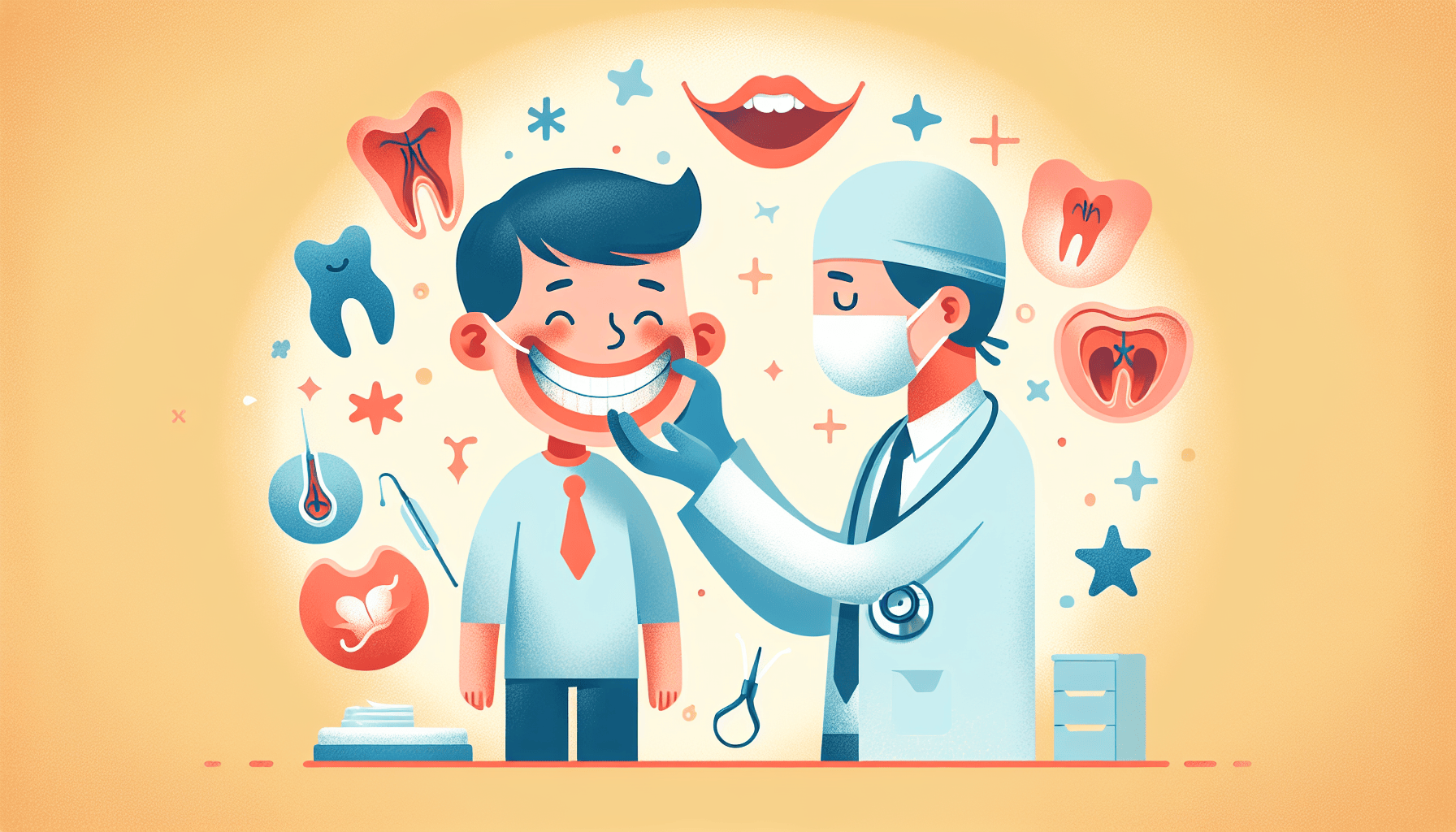Can I Take Zepbound a Day Early?
Key TakeawaysZepbound is a once-weekly injectable medication for weight management and obstructive sleep apnea (OSA) linked to obesity.Taking Zepbound a day early is [...]
Read MoreCleft lip and cleft palate are facial differences that occur during fetal development. These conditions happen when the tissues in the mouth or lip area don't join together properly, resulting in a split or separation. While the exact causes are often unknown, a combination of genetic and environmental factors may play a role.
A cleft lip is a physical split in the upper lip, which can extend to the nose and upper jaw. A cleft palate is an opening in the roof of the mouth, involving the hard or soft palate. These conditions can occur together or separately and may affect one or both sides of the mouth.

While the exact causes of cleft lip and palate are unknown, several factors may increase the risk:
Family history of cleft lip or palate
Exposure to certain medications or chemicals during pregnancy
Maternal smoking or alcohol consumption
Insufficient folic acid intake before and during pregnancy
Cleft lip and palate can cause various symptoms, including:
Difficulty feeding
Delayed speech development
Ear infections and hearing loss
Dental and jaw misalignment
Diagnosis may occur during a prenatal ultrasound or through a physical exam after the baby is born.
Treatment for cleft lip and palate typically involves surgery to close the openings and improve function. The timing and number of surgeries depend on the severity of the condition. Additional treatments may include:
Speech therapy
Dental and orthodontic care
Ear tubes to prevent infections and hearing loss
Feeding support and specialized bottles
With proper treatment and support, most children with cleft lip and palate can lead normal, healthy lives. A multidisciplinary team of healthcare professionals, including plastic surgeons, speech therapists, and orthodontists, work together to provide comprehensive care. Organizations like the American Cleft Palate-Craniofacial Association offer resources and support for affected families.
Key TakeawaysZepbound is a once-weekly injectable medication for weight management and obstructive sleep apnea (OSA) linked to obesity.Taking Zepbound a day early is [...]
Read MoreKey TakeawaysZepbound is an FDA-approved medication for chronic weight management in adults with obesity or overweight, and for moderate to severe obstructive sleep apnea [...]
Read MoreKey TakeawaysZepbound is a once-weekly injectable medication that supports weight loss by activating hormone pathways regulating appetite and digestion.After the first dose, [...]
Read More